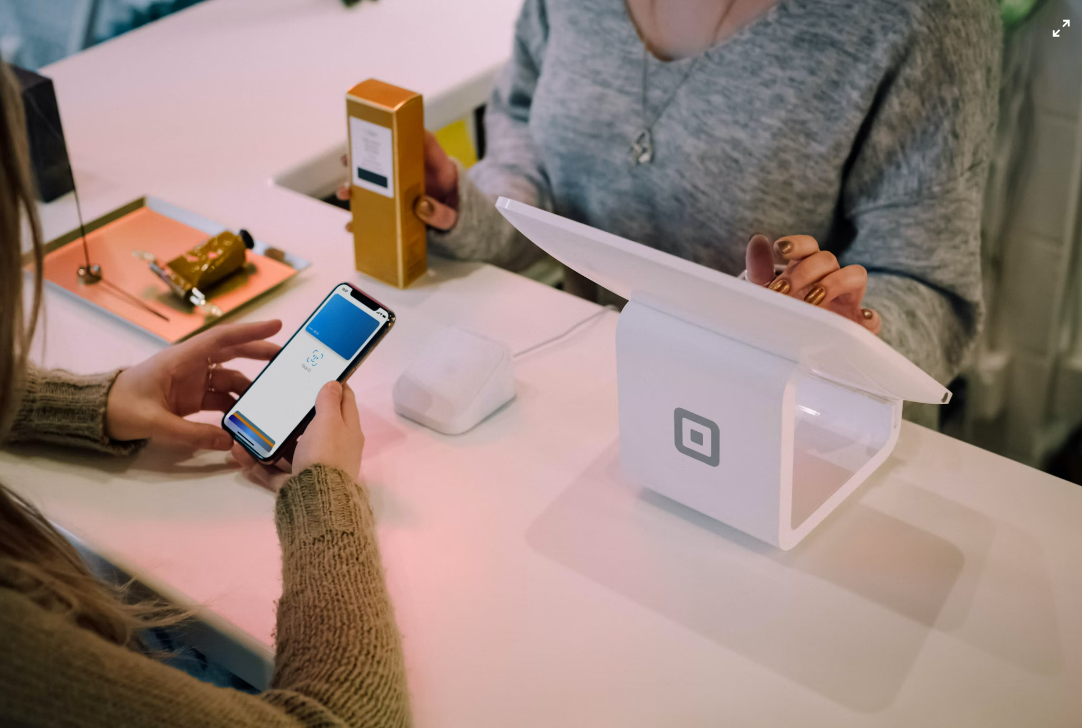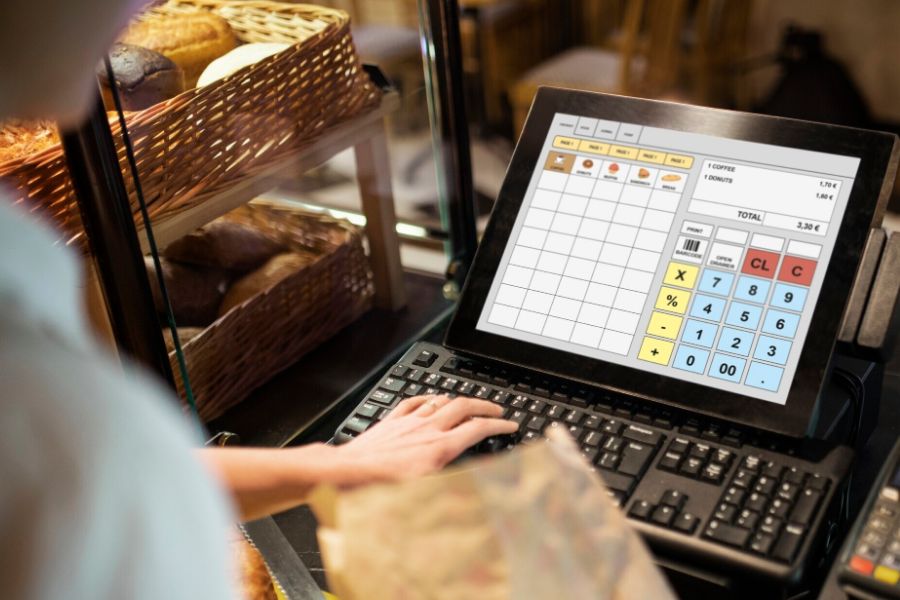To start a business, retailers need to choose and consider many factors as well as costs for efficient operation. One of the strong influencing factors is the POS (point-of-sale) system. Today’s retailers can have a multitude of options for these solutions. They help businesses implement omnichannel to easily compete in the digital age. In addition, thanks to the support of this sales management software, the management process is simplified, and operational efficiency is increased. However, for beginners, choosing a POS software solution with full features at a reasonable cost is not easy. In this article, we would like to provide an analysis of the POS system price so that beginner retailers can understand the cost of this support in their businesses.
Overview of a POS system
POS (Point of Sale) refers to the place where the purchases and sales of goods take place in an organization. This system is the tool for making transactions. It is a combination of hardware and software to create a complete trading process. Notably, the current modern POS system not only functions as a normal point of sale but also for the service sector (Point of service). Sellers will use it to entice customers to return to purchase. As a result, the system may include additional functions such as inventory management, warehouse management, CRM (Customer Relationship Management), and accounting. An easy formula to figure this out is:
POS system = Software + Hardware + Additional Functions.
Hardware will often include devices such as touchscreen cash registers, handheld barcode scanners, credit card readers, receipt printers, cash drawers, and more depending on business needs. Meanwhile, the software includes features that help retailers manage their business and control all transactions. It automatically updates the essential database from customers, products, inventory, sales, loyalty programs, and employees. Additional functions will often depend on the needs of the individual store in terms of billing, accounting, or marketing programs.
How much does a POS system cost? Breakdown the POS system price for a beginner
The POS system price will vary depending on the needs and choices of each retailer. Typically, the cost will be around $3,000 to $10,000.
The exact POS system price depends on the type of POS hardware and software and the level of customization or extension the user chooses. Some businesses only choose to buy POS software and reuse, or make optimal use of other hardware devices. Besides, costs for POS range depending on the card processing, especially for small retailers and license types that they registered as well.
First of all, sales management software is a system of tools that provide a full range of functions to help businesses effectively manage their work in all sales segments such as: importing goods, managing goods, tracking warehouse, controlling sales, orders, customer management, employee management, marketing, and customer support service. POS software is often integrated and can be used on mobile phones, so a new retailer can manage any store anywhere and manage not only one store but also a chain of stores.
There are usually three ways of implementing POS software: as traditional software, cloud-based software, and hybrid POS which offers a hybrid setup of cloud-based and traditional. The price of POS software for beginners should be in the range of $10 to $250 a month. Traditional software will usually be cheaper; users only need to buy the software, obtain a license and install the software on the server to be able to use it. However, this method requires regular software updates and IT (Information Technology) staff to manage the software. When it comes to cloud-based POS software, it has the advantages of easy management, cost-saving, high security, and real-time data synchronization. This is the method chosen by many startups because it is reasonably priced and offers enough features to expand. For hybrid POS, beginners will often have to consider a lot when implementing this type.
In addition, the POS system price of hardware is usually between $20 and $2,000. These are the devices used to follow the business’s preferences. Typically, the required equipment will probably be card readers, barcode scanners, receipt printers, cash drawers and cash registers, and many more. However, some retailers need to process payments directly at the desk or pay themselves; they will want additional specialized equipment. Businesses can use a desktop POS with multiple devices, a mobile POS (mPOS), or an all-in-one POS. Notably, mPOS can be compatible with smartphones, tablets, or other mobile devices, acting as terminals of sale. All a retailer needs to do is use a mobile phone, turn on the POS software, and start selling. One of the biggest advantages of these devices is that they are highly portable and allow for quick sales on the spot. It doesn’t take up too much space so is quite popular in small retail store and fast-food establishments.
Moreover, beginners also consider POS system price with payment transactions, number of user accounts and locations, additional features such as sales reports, inventory management, and loyalty management, and extensive eCommerce integrations to meet your business needs and growth.
ConnectPOS is a leading cloud POS system. This system is the right choice for retailers just starting because of its fully supported features and affordable prices. This solution offers great management support features such as order, customer, or inventory management. It supports a seamless order fulfillment process and ensures it meets customer needs. Through orders and mined data, the software stores and manages customer information to create loyalty programs that help retain buyers longer. Notably, it provides a powerful centralized data feature combined with an intelligent warehouse management solution – the Multi-Source Inventory (MSI) to help track business activities more comprehensively. Thereby, retailers can make appropriate marketing strategies and make accurate purchasing decisions to limit inventory and maximize store revenue. ConnectPOS also supports a fast and accurate checkout process through its integration with third-party payment gateways and support for accepting a variety of payment methods.
Conclusion
The POS system is an indispensable support tool for today’s modern retailers. To choose suitable software, beginners should consider the POS system price as well as the features it offers and weigh their needs. If you are looking for a solution to support business management, feel free to contact us.
►►► See our products: Magento POS, BigCommerce POS, Shopify POS, Woocommerce POS, NetSuite POS, Commercetools POS, Custom POS, White label POS, Customer Experience Solution and Next-Gen POS




